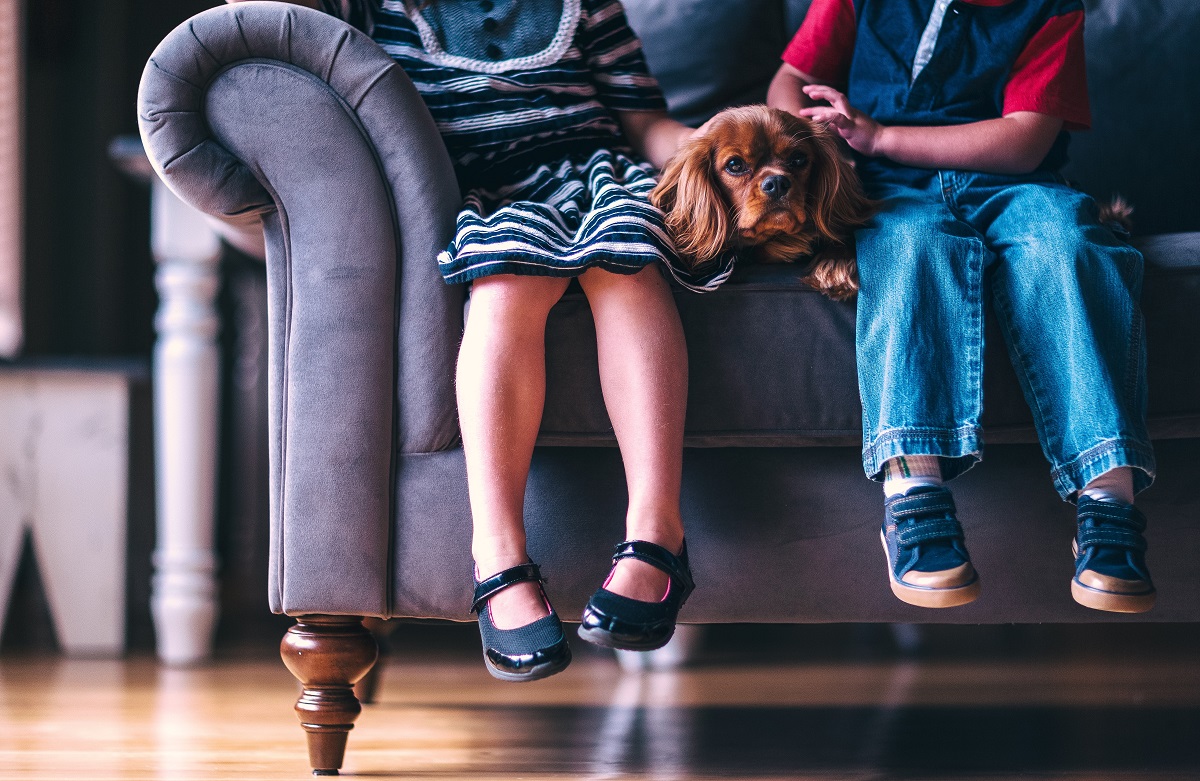Three Top Tips for Teaching Children How to Look After a Pet Dog

When it comes to choosing the perfect pet for your children, kids and dogs make the best of companions. Like children, puppies tend to be full of energy and always up for fun and games, making them the best furry friend for life that your little one can ever have. In addition, studies have shown that growing up around dogs can work wonders for your child’s health; kids who have pets from a young age tend to take less sick days from school and have stronger immune systems when it comes to allergies and infections. So, there are plenty of great reasons to get a cute new puppy for your children to love and adore. But, a puppy is a big responsibility and your children need to know how to look after their new friend. Here are some top tips on teaching your little ones to look after a dog.
Tip #1. Involve Kids in Training
One of the first things that you’ll need to think about when getting a new puppy is training it to be a well-behaved and obedient house pet. In most cases, dogs who are treated kindly and well looked after will be more than loyal to their humans and always eager to please in every way that they can. When it comes to training your pup, the best thing to do is involve your little ones; teach them to give commands and then rewards. This will make sure that as he or she grows up, your dog will be just as responsive to your children and will view them as ‘alphas’ rather than part of the pack.
Tip #2. Educate About Feeding
When it comes to feeding your dog, you’ll probably know that most dogs will eat just about anything that you put in front of them! Unfortunately for them, this might not always be something that’s good for them. For example, chocolate might be a very tasty treat for humans, but it can cause all kinds of health problems in dogs and can quickly land you with a visit to the vets. Make sure that your children are involved in selecting and purchasing healthy dog foods such as The Missing Link dog supplements, and ensure that they understand the importance of never giving the puppy any ‘human’ food that could be bad for them. Instead, make sure that you always have a supply of healthy, low-calorie dog treats that they can give instead.
Tip #3. Teach About Dog Body Language
Since dogs can’t talk and tell us exactly how they feel, we need to be able to understand what they are trying to say to us through their body language. Whilst most adults tend to pick up on this quite easily, it’s important to understand that your child may not be as adept at understanding when your puppy is upset or angry, for example. Teach them the signs of what to look out for, and make sure that they’re aware of what they should never do around a dog that could cause them to become annoyed.
Did these tips help? We’d love to hear from you in the comments.

Leave a Reply
You must be logged in to post a comment.